Blog
Understanding the Difference Between PVC & CPVC Pipes
Updated on May 2025
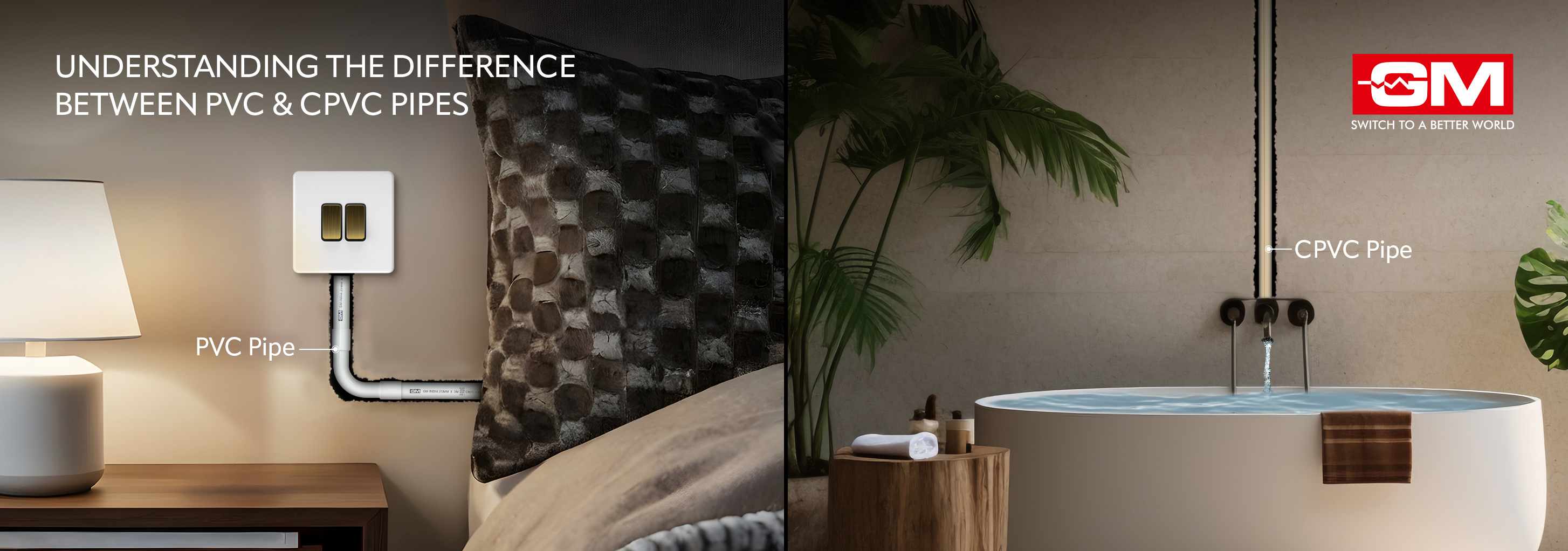
It is common to get confused between PVC and CPVC when looking for the proper piping materials for your residential home. Although highly similar in structure and appearance, the PVC and CPVC pipes are designed for different purposes. A quality infrastructure for your elegant home or commercial space begins with quality components. Learning the difference between PVC and CPVC pipes can help you make informed, cost-effective decisions and positively impact your everyday living.
What is PVC?
A PVC pipe, often known as polyvinyl chloride pipe, is a widely used synthetic plastic polymer across the globe. Strong, lightweight, and easy to install, a PVC pipe is the go-to choice for plumbing and water systems. It has a temperature tolerance of 60 degrees celsius and is highly resistant to corrosion in outdoor environments.
What is the use of PVC Pipe?
A PVC pipe is an excellent choice to set up cold water systems. Other segments where you will find the use for PVC pipe include:
Commercial use of PVC Pipe:
- Exhaust and ventilation duct
- Process water distribution
- Drainage and sewage infrastructure
- Farm irrigation systems
- Housing underground wires
Residential Use of PVC Pipe:
- Home ventilation duct
- Drinking water distribution
- Residential plumbing, drainage, and sewage
- Home sprinkler system
What is CPVC?
CPVC pipe, or Chlorinated Polyvinyl Chloride Pipe, is an advanced version of PVC pipe chemically altered using the process of Chlorination to withstand higher temperatures. A CPVC pipe can withstand temperatures up to 93 degrees Celsius and is available in both copper tube and nominal pipe sizes. Besides, they are more flexible but require support to stay fixed in place. The chemically altered process of chlorination improves its resistance to corrosion, making it a highly preferred choice for long-term use in water plumbing systems.
CPVC Pipe vs PVC Pipe: Understanding Key Differences
Here is a detailed comparison of PVC and CPVC pipes based on some parameters.
1. Temperature Resistance
PVC Pipe: A PVC pipe has the capacity to perform well for water temperatures up to 60 degrees celsius, making it a suitable option for cold water systems only.
CPVC Pipe: Due to its chemical modification, CPVC pipes can withstand liquid temperatures up to 93 degrees. Thus, buyers mostly prefer them to build hot water plumbing infrastructure.
2. Color Code
PVC: A PVC pipe can be identified by its white or light gray color.
CPVC: They have a color code of light yellow or off-white, making it easier to distinguish between PVC and CPVC pipe.
3. Fixing Method
PVC: A PVC pipe can be joined together using solvent cement, thus making it convenient to cover large distances.
CPVC: A CPVC pipe requires a special type of adhesive that joins CPVC pipes firmly together due to its chemical composition. Besides, in certain instances, CPVC pipes require support at 3-foot intervals to stay fixed.
5. Pressure Handling Capability
PVC: A PVC pipe has high-pressure handling capacity but is not as powerful as CPVC-engineered pipes.
CPVC: In PVC and CPVC, a CPVC pipe is known for its high-pressure handling capabilities.
6. Material Composition
PVC: The material composition of a PVC pipe comprises Polyvinyl Chloride monomer.
CPVC: A CPVC pipe is chemically modified using Chlorinated Polyvinyl Chloride.
7. Chemical Resistance
PVC: The resistance of PVC pipes to harsh external chemical flow is low compared to PVC vs CPVC pipe.
CPVC: Due to its chemical alteration, the chemical resistance of CPVC pipes is usually high and is highly used to carry industrial waste fluid.
8. Cost
PVC: PVC pipes are generally more affordable and more popular among buyers of residential complexes.
CPVC: Comparing the cost of PVC and CPVC, CPVC pipes are generally expensive due to their enhanced performance and long-term durability.
What is the CPVC Pipe Used for?
The additional performance threshold makes a CPVC pipe common for the following uses:
- Chemical process lines
- Hot water lines in residential and commercial complexes
- Fire suppression systems
- Hot industrial corrosive liquid
For buyers looking to upgrade to a smart home infrastructure or who simply want to increase the sustainability of the existing home or commercial ecosystem, learning the minute difference between PVC and CPVC pipes will help you to maintain the safety, durability, and efficiency of your home’s plumbing system. At GM Modular, every element in our range of PVC and CPVC pipes is designed to last a lifetime, creating a future-ready residential or commercial space that stands the test of time.
Check out our blog on the different types of pipes and fittings used in homes and industries.
Frequently Asked Questions
1. How to tell the difference between PVC and CPVC pipes?
Both pipes have their technical specifications printed on the side for easy identification. However, you can still tell the difference between PVC and CPVC pipe by their color code. PVC pipes are white or dark gray, while CPVC pipes are light gray or light yellow.
2. Which pipe is better, CPVC or PVC?
CPVC pipes consist of more stable polymers and are chemically altered to withstand higher temperatures, making them a better buying option than PVC pipes.
3. Can I glue PVC to the CPVC pipe?
PVC glue is not powerful enough to hold a CPVC pipe strongly. However, CPVC pipes require a special type of adhesive to stick together and cannot be interchanged with PVC pipes.
4. What is the lifespan of PVC and CPVC pipes?
Both pipes are designed to last around 50 years if they are fit carefully and correctly. However, external factors such as overheating, excess pressure, etc., can sometimes reduce their lifespan.
Related Blogs
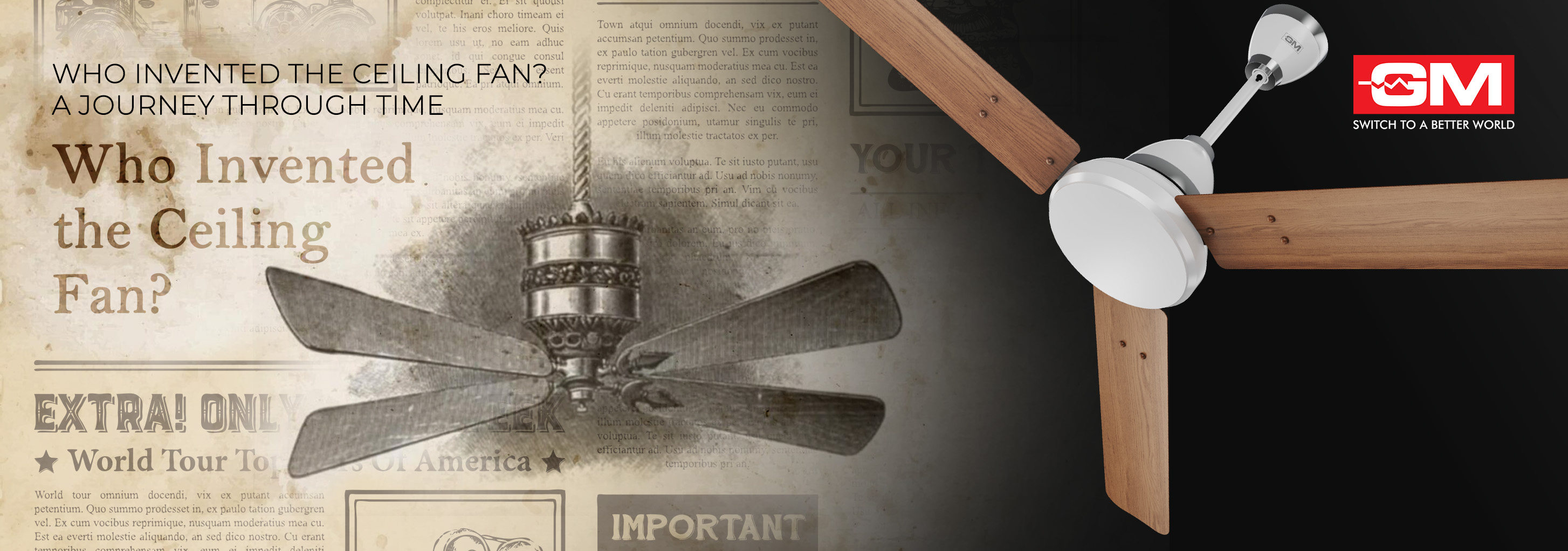
Who Invented the Ceiling Fan? A Journey Through Time
Ceiling fans are a quiet yet transformative part of life at home, offering comfort, style, and energy savings all year round. But not many of us know about the invention of the ceiling fan and how this humble device revolutionised modern living. To a
Read More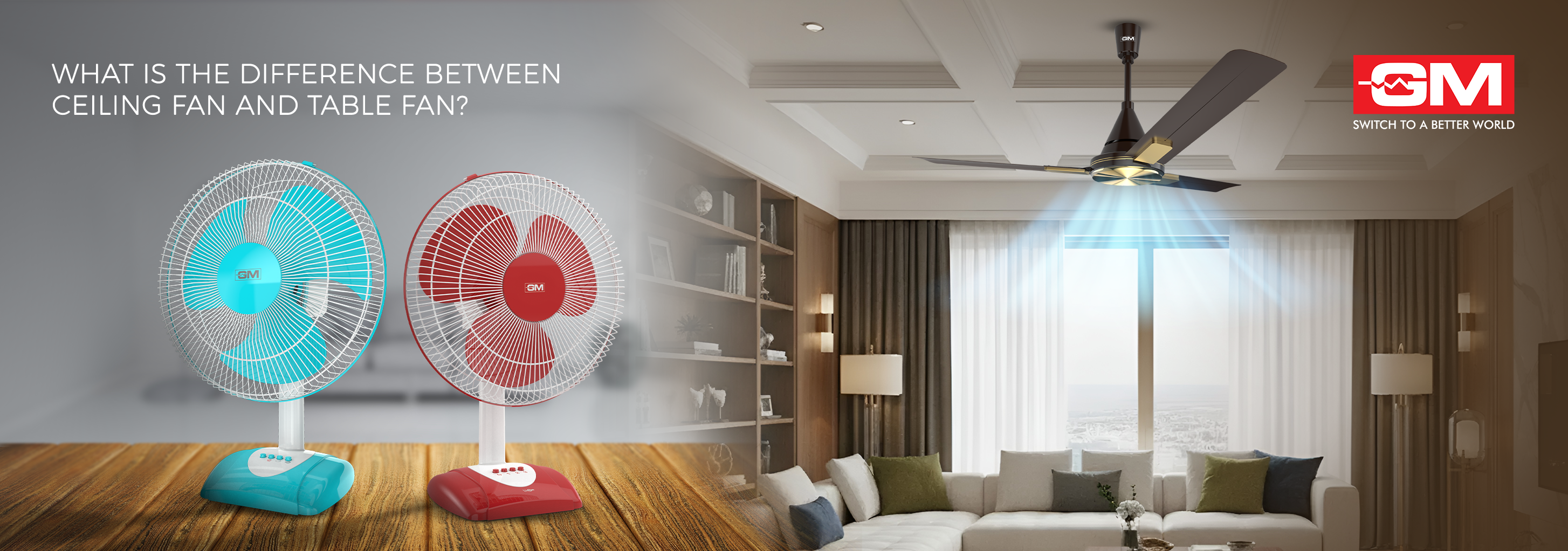
What is the Difference Between a Ceiling Fan and a Table Fan?
Fans are easy to use and save energy, so most people use them to keep a room cool and comfortable. But before you buy one, you should know what makes a ceiling fan different from a table fan. They both move air, but they do it in very different ways
Read More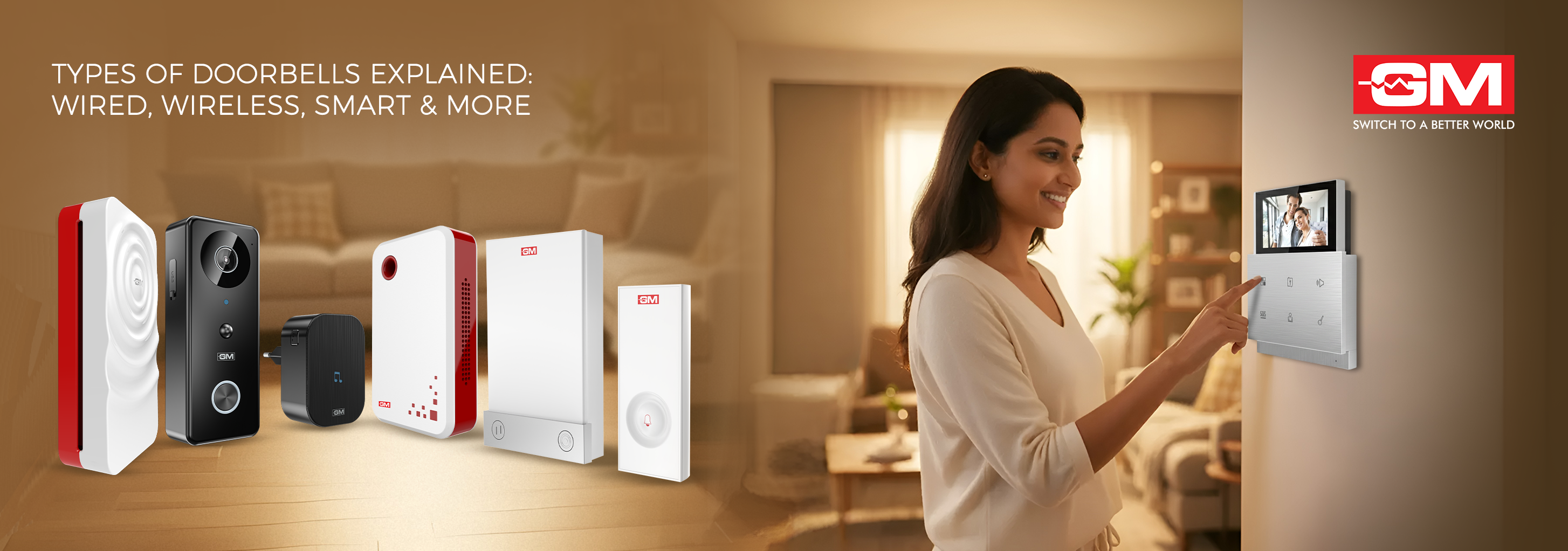
Types of Doorbells Explained: Wired, Wireless, Smart, and More
A doorbell is one of the most important parts of a home or office, but it's also one of the most common things that people forget about. It not only lets visitors know you're home, but it also makes your space more convenient, safe, and stylish. The
Read More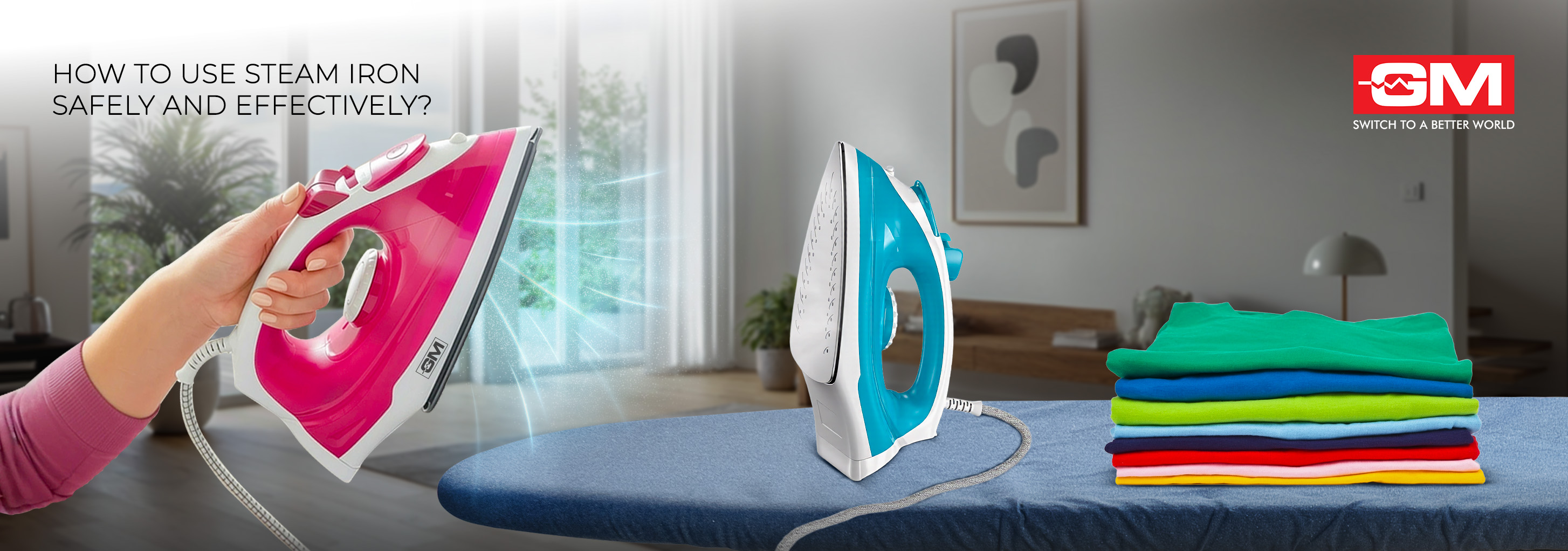
How to Use a Steam Iron Safely and Effectively?
No matter if you're going to work, a meeting, or a party, wearing a crisp, wrinkle-free outfit can boost your confidence right away. But you need to know how to use a steam iron correctly to get that perfect finish. A steam iron isn't just another ap
Read More